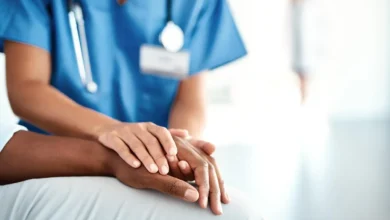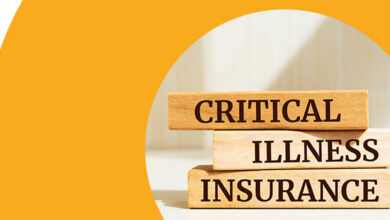CPR and AED: A Lifelong Skill That Everyone Should Learn
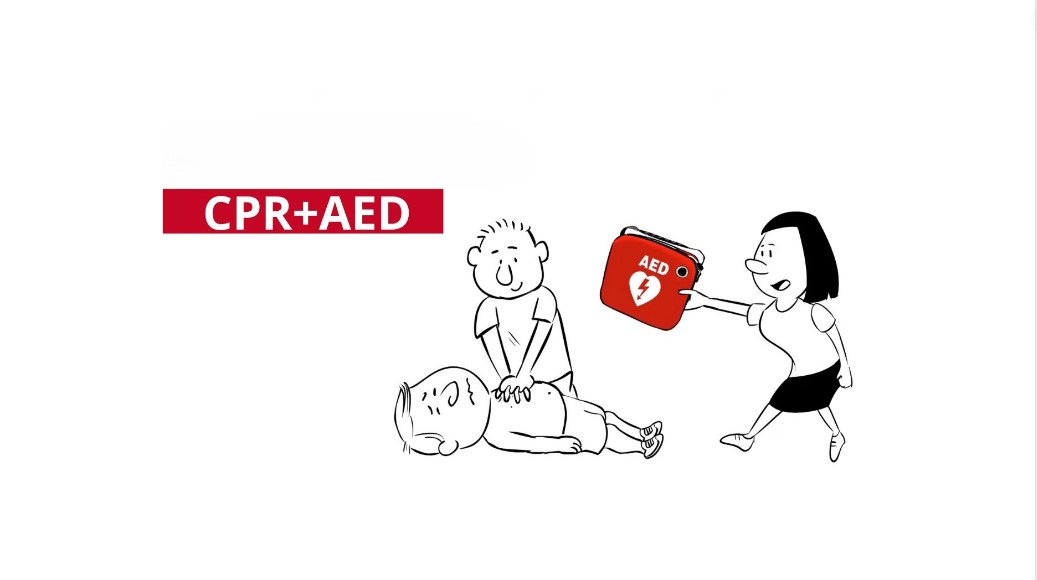
Cardiopulmonary Resuscitation (CPR) and Automated External Defibrillators (AED) are two essential lifesaving techniques that can make a significant difference during medical emergencies.
Whether you are a medical professional or an average individual, learning CPR and AED is a skill that should be acquired by everyone.
These techniques can mean the difference between life and death for someone experiencing sudden cardiac arrest, and the ability to perform them can empower individuals to act quickly and confidently during emergencies.
The Importance of CPR and AED Training
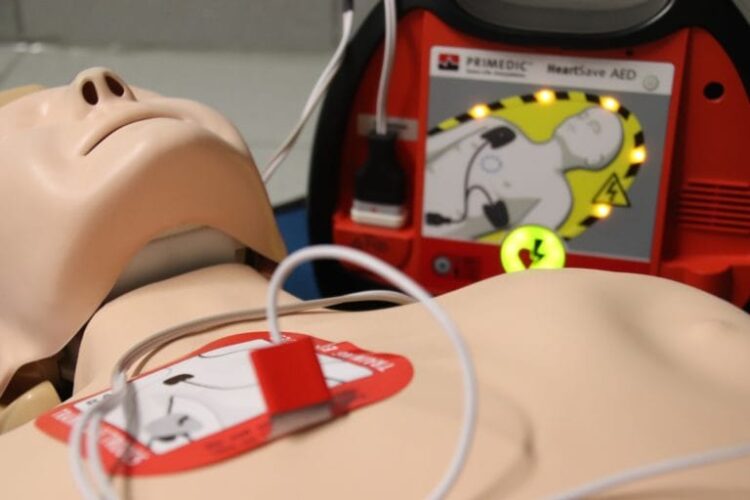
Sudden cardiac arrest is a leading cause of death globally, affecting people of all ages and backgrounds. It occurs when the heart’s electrical system malfunctions, causing the heart to stop beating suddenly.
Without immediate intervention, the chances of survival decrease rapidly. CPR and AED training equip individuals with the knowledge and skills to provide immediate assistance until professional help arrives. This is where “MyCPR NOW” comes into play.
MyCPR NOW is a revolutionary mobile app designed to provide instant access to CPR and AED instructions at your fingertips. With the app, users can quickly learn and review the essential steps of CPR and AED usage.
Saving Lives in Emergency Situations
CPR is a technique that involves chest compressions and rescue breaths to maintain blood flow and oxygen circulation in the body. By performing CPR, bystanders can sustain a person’s life until emergency medical services can take over.
Moreover, AEDs are portable devices that deliver an electric shock to the heart to restore its normal rhythm in cases of cardiac arrhythmias. When used in conjunction with CPR, AEDs significantly increase the chances of survival.
Accessibility of CPR and AED Training
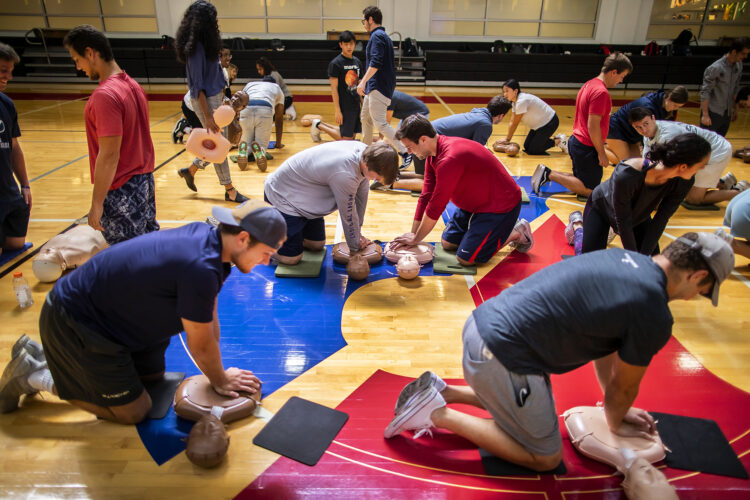
One of the greatest advantages of learning CPR and AED is the accessibility of training programs.
Many organizations, including the American Heart Association (AHA) and the Red Cross, offer comprehensive CPR and AED courses suitable for individuals with varying levels of prior medical knowledge.
These courses often cover basic life support techniques, how to use an AED, and what to do in emergency situations.
Empowering Bystanders to Act
Medical emergencies can occur anywhere, from public spaces to our homes. In many cases, bystanders are the first to respond, and their prompt action can be crucial.
Learning CPR and AED can empower bystanders to take immediate and effective action, increasing the chances of survival until professional help arrives. This sense of empowerment can save lives and provide comfort and support to the victim’s family and friends.
Enhancing Workplace Safety
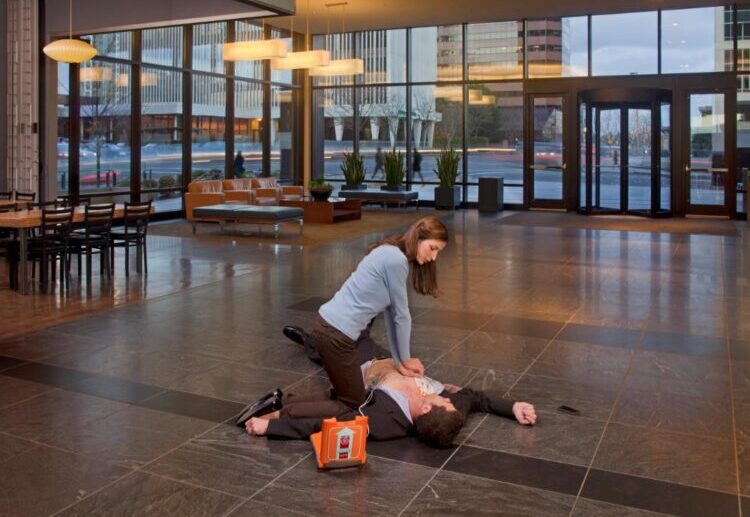
Workplace accidents and medical emergencies can happen in any industry. Employers who prioritize the safety and well-being of their employees may choose to provide CPR and AED training.
Having trained employees on-site means that immediate action can be taken if a medical emergency occurs, potentially preventing tragedy and reducing the severity of injuries.
Conclusion
CPR and AED are not skills reserved for medical professionals alone; they are vital abilities that everyone should possess. By learning these lifesaving techniques, individuals can be prepared to act decisively in emergency situations and potentially save lives.
As a lifelong skill, the knowledge of CPR and AED can provide peace of mind, knowing that you have the ability to make a positive impact during critical moments. Consider enrolling in a CPR and AED training course today and be a part of the chain of survival in your community.


